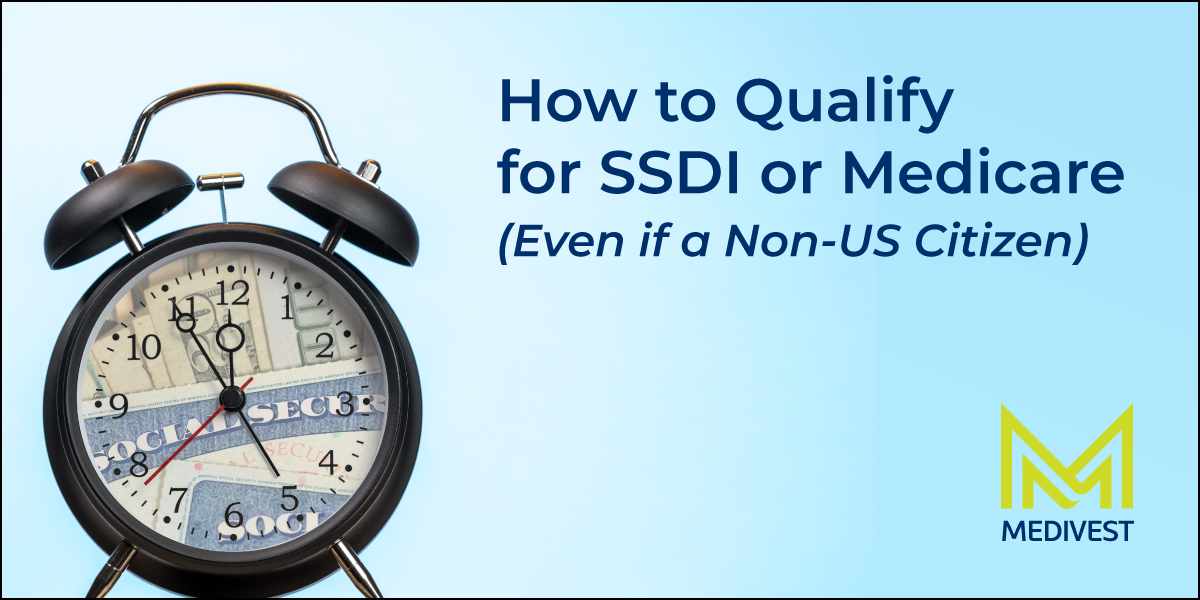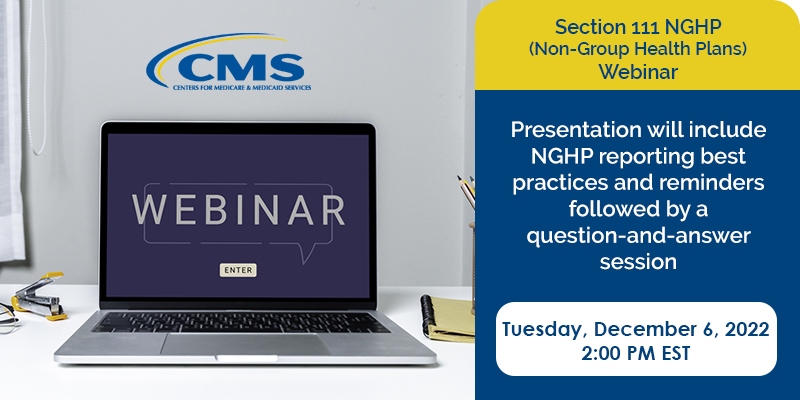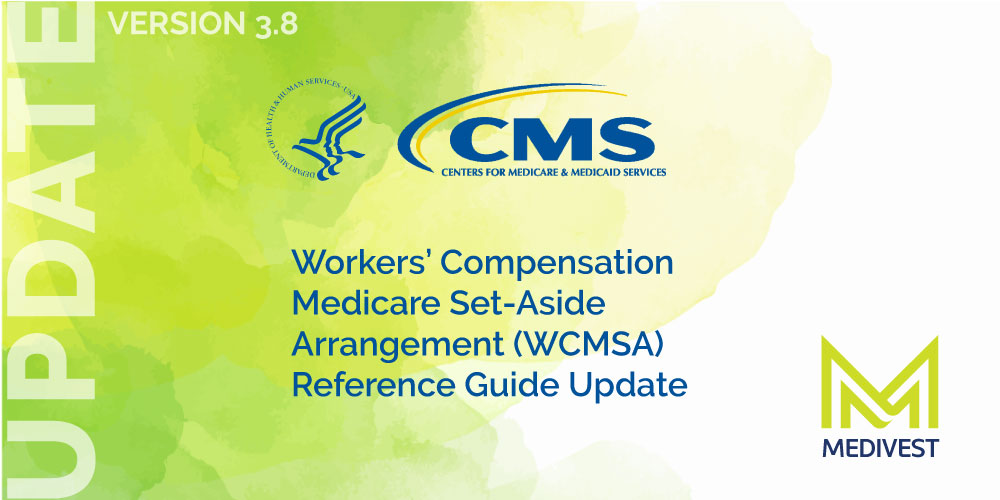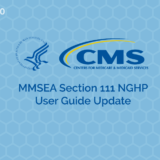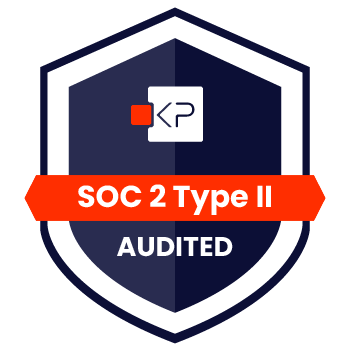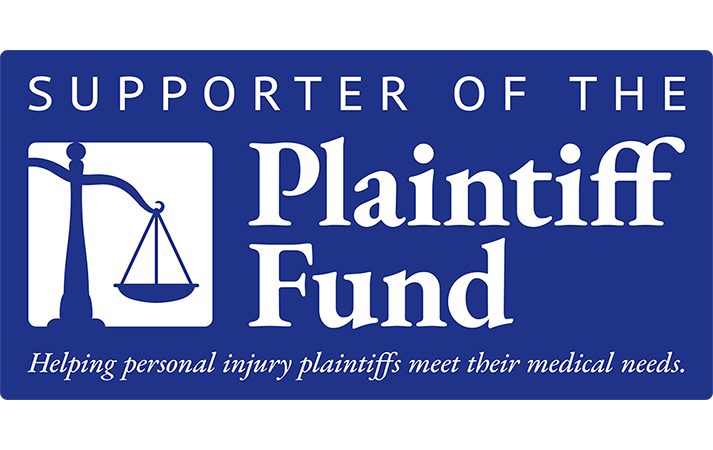When Medicare’s interests (past and/or future) are not considered, are you aware of the unintended consequences which may affect the parties to the settlement? The Centers for Medicare and Medicaid Services (CMS) WCMSA Reference Guide v 4.2, found here, provides language regarding their views and remedies. Understanding CMS’ views and consequences is a good step in helping a party navigate the often-confusing settlement process as it relates to staying compliant with the Medicare Secondary Payer (MSP) statute.
Conditional Payment Recovery
Medicare has a right to seek reimbursement for the conditional payments it makes to providers where another payer may be responsible. The payment by Medicare is conditioned on Medicare taking on recovery at the appropriate time and therefore, is termed to be a “conditional payment” because it must be repaid to Medicare once the settlement occurs. However, when the conditional payments have not been repaid, Medicare may take the following actions:
Priority Right of Recovery or “Super Lien” – Medicare has a Priority Right of Recovery or “Super Lien” without the need to file any notice in a court. CMS states, “If Medicare’s interest is not considered, CMS has a priority right of recovery against any entity that received any portion of a third-party payment directly or indirectly – a right to recover or take back, that payment.”
Subrogation Rights – CMS states, “Medicare has a subrogation right to any such payment it has made. Subrogation means the substitution of one person or entity for another. If Medicare exercises its subrogation rights, Medicare becomes a claimant against the responsible party and/or the liability insurer/medical provider to the extent that Medicare has made payments to or on behalf of the beneficiary for services related to claims against the responsible party and the responsible party’s liability insurance. While Medicare can pursue recovery directly from the responsible party through their “pay and chase” method, utilizing subrogation is usually less common.”
Charging Interest – Additionally, Medicare may and does regularly charge interest on this type of MSP conditional payment debt when a demand has remained unpaid for 60 days. The interest rate is currently over 12%. This can be a factor in how the entities and claimants choose to address any appeals or request to waive the MSP debt. After 120 days from the debt of the demand, the MSP debt may be transferred to the Department of Treasure (DOT) for various DOT collections actions. The most common remedies exercised when the debt is referred to the DOT is the Treasury Off-Set Program or Private Collection Action (PCA).
Referral to the Treasury Department – CMS states, “When the outstanding debt has moved through Medicare’s recovery process, and it is still unpaid, the debt is referred to the Treasury Offset Program (TOP) for further collection activities. The TOP may garnish the beneficiary’s Social Security benefits or seize the primary plan’s federal tax refund.”
Referral to the Department of Justice – CMS states, “The Centers for Medicare and Medicaid Services (CMS) may refer the debt to the Department of Justice (DOJ) for legal action if it determines that the required payment or a properly documented defense has not been provided. The law authorizes the Federal government to collect double damages from any party that is responsible for resolving the matter, but which fails to do so.”
CMS’s Views – NSMSA / EBMSA / WCMSA
CMS has stated that there are no statutory or regulatory provisions requirements to submit a WCMSA amount proposal to CMS for review. As a result, there has been an increase in defendants using Non-Submit Products – MSAs (NSMSA) or Evidence-Based MSAs (EBMSA) instead of having the traditional WCMSA Arrangement prepared and submitted to CMS for review. While there are some similarities in these reports in respect that they each attempt to estimate the future Medicare covered medicals which are likely to be encountered by the injured party after settlement, there are substantial differences in the projection methodology that could open settling parties up to risks.
Non-Submit Medicare Set-Aside (NSMSA) Report – The NSMSA report meets workload review thresholds but is a report (by definition) is not submitted to CMS for review and approval. The defendant may decide to use a non-submit MSA allocation report to speed up the settlement process and because it often projects a lower amount of money for the claimant’s future injury-related Medicare covered medicals (FIRMCM) than a traditional WCMSA written by the WCMSA Reference Guide standards.
Evidence-Based Medicare Set-Aside (EBMSA) Report – The EBMSA report is based on the injured party’s medical records and research trends. When an EBMSA report is used, the parties do not intend to submit the EBMSA to CMS for review and approval. The report’s projection would be guided by evidence-based medicine standards with the treating physician’s recommendations. It uses established evidence-based standards of care to create a medically and legally defensible assessment of the injured party’s future medical needs.
WCMSA Arrangement – The WCMSA report follows CMS’ guidelines when preparing reports and submitting to CMS for review. As part of CMS’ guidelines, they required the report to use average wholesale prices (AWP) to price Medicare Part D drugs, confirm jurisdiction to apply correct fee schedules for treatments, and to use ICD-10 mandatory diagnosis and procedure codes. When reviewing the WCMSA, CMS assesses whether the proposed amount of funds set aside for future medical expenses aligns with Medicare’s standard of care protocols, essentially checking if the proposed treatment plan and cost are considered reasonable and appropriate based on Medicare guidelines for similar conditions.
CMS’ Views – Traditional WCMSAs Arrangements
Below are some of CMS’ views found in section 3.0 of the WCMSA Reference Guide:
- “Medicare may also refuse to pay for future medical expenses related to the WC injury until the entire settlement is exhausted.”
- “The WCMSA amount review process is the only process that offers both Medicare beneficiaries and Workers’ Compensation entities a finality, with respect to obligation for medical care required after a settlement, judgement, award, or other payment occurs.”
- “Once the CMS-approved set-aside amount is exhausted and accurately accounted for to CMS, Medicare will pay primary for future Medicare-covered expenses related to the WC injury that exceed the approved set-aside amount.”
Changes to WCMSA Ref Guide -Section 4.3 – Non-Submit MSA Products
The Medivest blog written on February 3, 2022, titled The Further Review of Section 4.3 of the New WCMSA Reference Guide found here, which outlines the consequences when using the Non-Submit MSA’s products. Below are some of the primary takeaways from that blog:
- The party with the most to lose is the beneficiary. The primary consequence referenced in 4.3 is denial of payment for the beneficiary’s injury-related care in the event of MSA exhaustion. CMS says it will continue to deny payment until the entire net settlement has been fully spent down (not the total MSA amount). This could occur in events of permanent exhaustion or during temporary exhaustion periods, when the beneficiary’s MSA is exhausted until the next funding payment is received. Keep in mind that this doesn’t apply to MSAs that do not meet the review threshold. Also, there is an appeal process for denial of payment. But the greatest risk-bearer is the applicant.
- Since MSA exhaustion represents the greatest risk to the applicant, a program of proper funds administration is preferable. A burden shift to Medicare can only occur once Medicare becomes the primary payer. An MSA that remains solvent will maintain Medicare’s payment position as secondary indefinitely. While it is impossible to foresee every expense that an MSA may incur over an applicant’s lifetime, a properly funded MSA in the hands of a competent administrator is the best protection of the interests of both Medicare and the applicant.
- Thoughtful consideration should be given to the adequacy of an evidence-based or non-submit program. It is entirely possible to produce a fully adequate and reasonable MSA without CMS’s review and approval. However, not all products are created equally. It’s important to be confident that the methodology in use produces MSAs that consider Medicare’s interests sufficiently.
Mismanagement of WCMSA Accounts
An injured party may choose to self-administer their WCMSA funds or have it professionally administered. However, in either case when the funds have not been properly managed and have been misspent, the consequences could be:
- If the WCMSA account is not set up, the beneficiary’s Medicare eligibility could be in jeopardy at least to the extent of the injury related FIRMCM claims.
- Funds may need to be added to the WCMSA before Medicare pays for FIRMCM.
- Medicare can deny payment of future injury-related medicals if the WCMSA funds are not properly used or exhausted.
- If the carrier fails to report ORM and/or TPOC/Settlements timely, the carrier may be fined for Civil Monetary Penalties starting in April of 2025 as described in a previous blog. If attestations are not timely delivered to CMS for WCMSA’s, Medicare may deny injury-related treatment until reporting is corrected.

Need for Professional Administration
The mismanagement of funds can negatively affect the beneficiary’s Medicare benefits and delay treatment. That’s why hiring a Professional Administrator can help remove the burden from the injured party/beneficiaries from paying claims, managing funds, and providing attestation report to CMS. Keep in mind CMS states, “Although beneficiaries may act as their own administrators, it is highly recommended that settlement recipients consider the use of a professional administrator for their funds.”
How to Avoid Medicare’s Consequences
- Call Medivest 877.725.2467 to speak with one of our case consultants who will help you navigate a plan that evaluates Medicare’s past and future interests in a settlement or hopeful settlement.
- Medivest investigates and assists with the resolution of Medicare’s conditional payments in WC claims on behalf of an employer/carrier/TPA and can act as the eyes of the claimant to make sure that the carrier is paying its share of accepted injury related conditional payments.
- Medivest investigates and assists with the resolution of Medicare’s conditional payments, or those of Medicare Advantage Plans (Part C), Prescription Drug Plans (Part D), Department of Veterans Affairs (VA), TRICARE, ERISA, and privately administered insurance plans for liability cases when referred to by the plaintiff’s attorney.
- Medivest prepares WCMSA, LMSA and Medical Cost Projection (MCP) reports
- Medivest submits WCMSA allocation reports to CMS for review when allowed and desired.
- Medivest professionally administers MSA Funds for WC and Liability MSAs. Hire Medivest for Professional Administration to manage the MSA funds.
About Medivest
Founded in 1996, Medivest is a national Medicare Secondary Payer (MSP) compliance company and provider of settlement solutions. Our focus is assisting anyone settling a workers’ compensation or personal injury claim to understand their obligation to consider Medicare’s interests under federal law. Medivest provides pre- and post-settlement solutions that help mitigate exposure from that obligation. Contact us today at 877-725-2467 or at medivest.com/contact-us.






